An Interesting Dive into Plant Reproduction
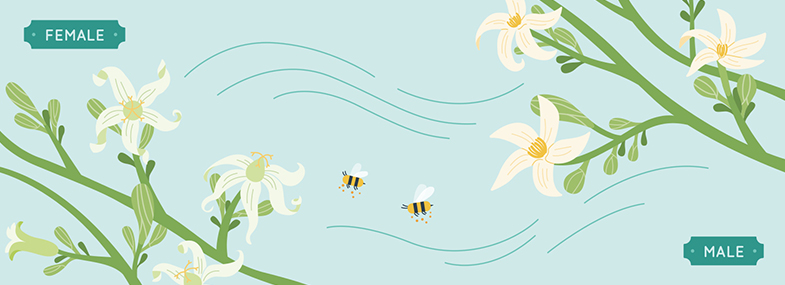
It may not be immediately apparent on the surface, but plants are some of the craftiest and most intriguing organisms out there when it comes to reproduction. Engaging in a variety of elaborate manoeuvres to ensure fertilisation, including employing disguises. Additionally setting up traps, and a host of other covert activities, plant reproduction is truly a fascinating world to explore.
This article will take a deep and engaging dive into all of the questions, qualities, and quirks of plant reproduction. Including the different types that occur and their variations, plus their advantages and disadvantages.
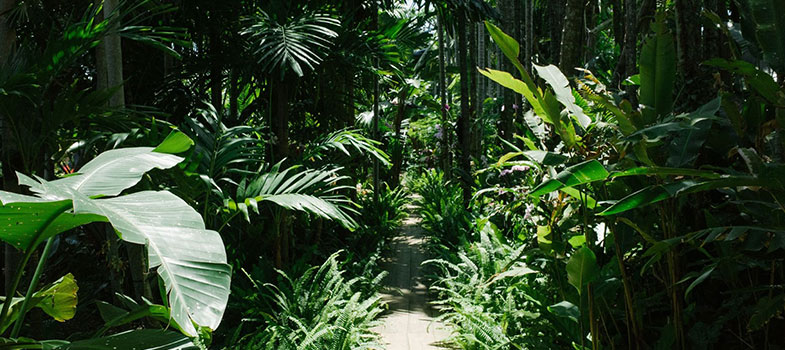
Why Do Plants Reproduce?
Plants are living, breathing organisms. Therefore, just like animals and humans, they have a fundamental biological instinct to safeguard and extend the survival of their species by passing on their genes to the next generation.
Plants have developed multiple and frequently interesting ways to reproduce. As a result of the diversity and variation in environments and their own biological structure.
How Do Plants Reproduce?
All plants reproduce in one of two ways: sexually or asexually. Many plants are capable of using both methods. However sexual reproduction is the most common and preferred because of the multigenerational biological benefits it provides.
Sexual Reproduction
Just like with humans, sexual plant reproduction requires the meeting of a male cell and a female cell. To produce a seed or, in the case of a few rebellious plants, such as ferns, spores. And, also, just like with humans, this process is called fertilisation.
But in order for fertilisation to take place, the male and female cells first need to meet. This is where pollination comes in. With the exception of those little rebels mentioned above, all plants that reproduce sexually do so through pollination.
In pollination, pollen is produced by the male organs of the plant and received by the plant’s female organs. In nature, plants can either self-pollinate or cross-pollinate. And, of course, some do both.
Self-pollination
Self-pollinating, or ‘selfing’, occurs when the male part of a flower transfers pollen to the female part of a flower that is growing on the same plant. In order to self-pollinate, plants need to produce flowers that either have both male and female sex organs in the same flower. Or that have male and female organs in different flowers on the same plant.
Botanically, the first type of flower is called ‘perfect’ because it has both sex organs. Plants in this category include roses, hibiscus, tulips, lilies, sunflowers, and tomatoes. Not to forget the stunning poinsettia. With foliage that turns from dark green to vibrant red in low light conditions. It is the perfect houseplant for adding that dazzling splash of colour to your indoor décor. You can get yours today with same-day delivery from Flowers Across Melbourne.
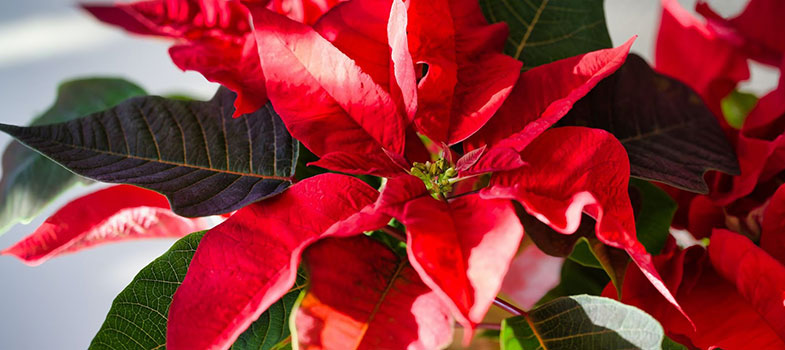
The second kind of flower, although referred to as ‘imperfect’, is the category into which most flowering plants fall. Which is where each flower on the same plant has either a male or a female organ, but not both.
Self-pollinating
Self-pollinating, or ‘selfing’, can happen with the assistance of insects, birds, or animals, but, crucially, doesn’t need them. These plants can still reproduce with the help of a gust of wind. Some plants, after waiting all day for pollinators, resort to self-pollination when closing up at night.
All self-pollinating plants can also cross-pollinate. Which is actually their preferred method of reproduction because cross-pollination allows for greater genetic diversity and environmental adaptability in plants. However, plants are forced to self-pollinate due to a lack of pollinating insects in the area. Including other factors, such as climate and habitat. The driving force is to keep their species going by any means necessary.
There are, however, some self-pollinating plants that do not entertain the possibility of cross-pollination whatsoever. This is due to their flowers do not even open to allow insects a chance to deposit pollen in them. The male organs of these plants, such as peanuts and peas, always pollinate the female organs inside the same flower. The process is called ‘cleistogamy.’
Cross-pollination
In order for cross-pollination to take place, pollen from the flower of one plant needs to be transferred to the flower of a different plant. Actioned by insects, birds, or other animals. Although this is the more desirable method of plant reproduction. It takes more effort and a reliance on more variables to succeed.
There are ways In which to attract pollinators such as bees, butterflies, birds, and moths to their flowers. Plants need to expend more energy to produce colourful flowers, or emit scents. Smells that can range from the sweetest of fragrances to the smell of rotting flesh. Or engage in incredible feats of clever trickery.
One of the trickiest flowers is the orchid. The mirror orchid produces flowers that look and smell exactly like a species of female wasp. Thereby attracting the male wasp for cross-pollination. While the flower of the bucket orchid. As the name implies, it’s shaped like a bucket. In order to trap the only kind of bee that can pollinate it. Other orchids imitate the smell of an aphid in distress in order to attract hover-flies, which eat aphids.
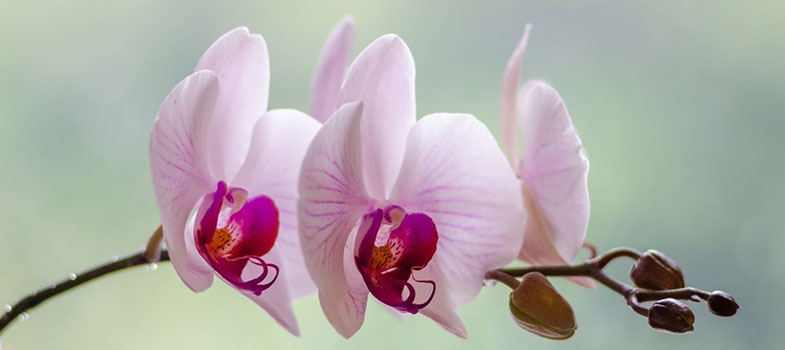
Want to experience the beauty and artfulness of the orchid plant up close? You can get your very own today from Flowers Across Melbourne. Available in a wide selection of colours and attractive pots. You’ll fall in love with this sophisticated plant in no time.
And, just like there are plants that rely only on self-pollination, there are some that can reproduce only through cross-pollination. This is because all of the flowers on these plants are either only female or only male. In nature, these plants rely strictly on insects, animals, or the wind to reproduce. Approximately 157 flowering plant families have been discovered with this characteristic. They tend to occur mostly in tropical and island environments. Additionally they include plants such as papaya, asparagus, mistletoe, yam, kiwi, and hemp.
Cycads
Cycads also fall in this category. They employ one of the more elaborate strategies of this group in order to reproduce. First, the cycad plant (with only male cones on it) produces a fragrance that attracts certain types of insects called thrips. Once they arrive to investigate the male cone, the thrips become covered with pollen. Then, precisely between 11am and 3pm, the male cone heats up, causing the thrips to flee. However a short distance away, the cycad plant with only female cones on it releases a lovely scent. A scent that again attracts the thrips to investigate, resulting in them spreading the pollen onto the female organs… and voila, a baby cycad bun is in the oven.
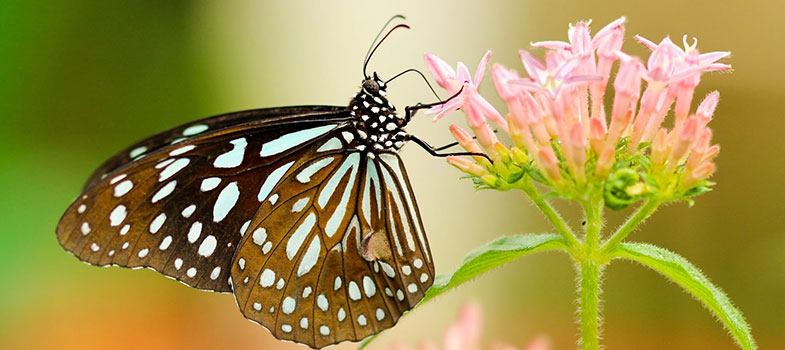
Advantages of Sexual Reproduction
Whether via self-pollination or cross-pollination. The overwhelming advantage of sexual reproduction is the genetic diversity and resilience that it builds in the offspring with these genes. The new plants are better able to develop traits that enable them to handle and adapt to environmental changes. As well as to perpetuate their survival. This genetic diversity also makes plants less prone to passing on diseases from generation to generation. Which increases their individual lifespans and also the species’ longevity.
Disadvantages of Sexual Reproduction
The plants that rely solely on cross-pollination may eventually become extinct. Especially if climate change and other factors cause the pollinating insects to disappear.
Additionally, sexual plant reproduction takes much longer than asexual plant reproduction. This is because it requires the meeting of a male and female. Then fertilisation, then seed dispersal – hopefully in the right environment – and, finally, germination.
Not only can a number of things go wrong during any of these multiple steps. But also, on the whole, sexual reproduction produces fewer offspring in comparison to asexual reproduction.
Asexual Plant Reproduction
So, what is asexual reproduction? It is the process of a new plant growing from a piece of another plant. Asexual reproduction is similar to cloning. Because it requires only one parent plant and, in this case, the offspring are genetically identical to that parent.
Humans regularly propagate plants asexually through artificial means. However there are many species across the plant kingdom that naturally reproduce asexually. From ornamental plants, such as the spider plant and kalanchoes. To fruits like strawberries. As well as vegetables, like onions, garlic, and potatoes.

Natural Asexual Reproduction
There are two forms of natural asexual reproduction: vegetative and apomixis. Apomixis is when a plant’s female cells produce seeds spontaneously without fusing with any male cells. In fact, It is kind of virgin reproduction. In fact, the offspring are a clone of the mother. This process happens in only around 300 species of plants. Scientists attribute it to a “short-circuit” occurring in a plant’s sexual life cycle. Blackberries and dandelions are some of the plants that naturally reproduce via apomixis.
The most common method of asexual plant reproduction, however, is vegetative. Which involves the growth of a new plant from the parent plant’s roots, stems, or leaves. Spider plants and strawberries, for example, produce tiny new plantlets along their side branches. While the kalanchoe grows small buds on the edges of their fleshy leaves. Which eventually fall to the ground and grow as new plants. Onions, garlic, and potatoes, on the other hand, grow new plants from their parent plants’ underground stems.
Artificial Asexual Reproduction
Humans can also artificially propagate most plants through cuttings, layering, division, budding, and grafting.
Cuttings: This is the most common way people artificially reproduce plants. In fact, its done with most types of plants. This method involves cutting a leaf or stem of a plant and placing it in either soil or water. After several weeks, the cutting grows roots and will subsequently produce flowers like any other plant grown from seeds.
This is the best way to propagate plants like Hoyas, Monsteras. Or any peperomia species, including the striking Peperomia Lemon Lime. They are gorgeous, evergreen plants that grow exceptionally well indoors. Visit Flowers Across Melbourne to get all of these plants and much more.
Layering
With the layering method, you bend a stem from an established plant until its mid-section touches the soil. Then you push it underground and hold it in place using a rope or U-shaped pin. Whereas cuttings have to survive on their own. With layering the stem remains attached to the parent plant from which it receives water and nutrients. This is until the stem produces roots of its own.
After some time, the stem can be severed from the main plant and allowed to continue growing on its own. This process can be used on rhododendrons, climbing roses, and azaleas. It produces roots faster and more successfully than using cuttings. This is because of the constant nutrients that the stem receives from the main plant.
Other layering methods include tip layering. Where you bury the tip of the stem instead of the midsection and this works well with blackberries; serpentine layering. Where you bend the stem at two different points in order to produce two new plants. This can be used on grapes and philodendrons; and air layering, which works well on Chinese evergreens, rubber plants, and dumb canes.
Division
While most plants that produce blooms every year would benefit from being divided in order to maintain optimum health. There are specific ones, such as gerberas, that actually need to be divided in order to stay alive.
Plant division involves digging up the main plant. Separating it at the root level into several smaller plants, and then replanting all the smaller sections. The best way is to pull apart the plants using your hands instead of a knife. This is because it’s important to keep the root and crown of each new plant intact. Dividing plants helps the new plants to produce even more and bigger flowers the following season.
Grafting
One of the oldest methods of artificial asexual plant reproduction, scientists believe that grafting has been practised for as long as 4,000 years. This process involves removing a stem or twig from one plant, usually a woody one, and attaching it to the lower section of a different plant. The new plant forms on the newly attached shoot or twig and the goal is for it to have improved traits, such as resistance to certain diseases, to produce more beautiful blooms or delicious fruit, or to make fruit ripen earlier.
Budding
Budding is similar to grafting but instead of attaching a shoot or twig, you insert a single bud from one plant to the lower part of a different plant via an incision. This works well with fruit trees such as avocado, peach, and apple and is best performed in the summer or early autumn during the growing season. Gardeners and horticulturists use grafting and budding to transfer the desired traits of newer cultivars to older trees.
Advantages of Asexual Reproduction
Asexual reproduction is much faster than sexual reproduction because it only needs one parent and forgoes all the steps of pollination, fertilisation, cell division, and seed dispersal, and goes straight to root growth. This helps to conserve energy, which is ideal and beneficial for all organisms. Additionally, on average, asexual reproduction can also result in the production of many more new plants at any time of the year, and possibly even all year round, given the right conditions.
Disadvantages of asexual reproduction
One of the major drawbacks of this plant reproduction process, however, is that it eliminates genetic variation in the plant population because they are simply clones of the parent plant. This makes them more vulnerable to disease and environmental changes because they can’t develop adaptation or defence mechanisms.
Asexual reproduction also results in the new clones accumulating mutations and all of their parent’s bad genes across generations, which in the long run can lead to population decline.
Do Plants have DNA?
One of the more common misconceptions about plants is that they do not have DNA. DNA can be described as an organism’s blueprint. It contains all the information about the characteristics and making of that organism. Therefore, all living things – plants, animals, and humans – have DNA, which is passed down from one generation to the next.
The DNA of plants, animals, and humans actually has the same shape, but it’s the arrangement of each organism’s DNA’s building blocks that drastically differentiates them.
Some plants actually have more DNA than humans. The humble onion, for instance, has been found to have more than 12 times the DNA of a Harvard professor. This may seem surprising because DNA is related to the complexity of an organism. However, most of this excess DNA in onions, and apparently also in amoebas, which have 200 times more DNA than Albert Einstein, is not involved in producing proteins, which are the molecules responsible for making living organisms.
Conclusion
The reproduction life of plants is one of nature’s most fascinating processes in its diversity, drama, and perennial precariousness. It heavily relies on a myriad of environmental variables out of their control and frequently in ours, and the more we know about the processes involved, the more we can take care to safeguard the delicate ecosystem involved.
To experience and enjoy the numerous wonders of plants yourself, be sure to get an indoor or outdoor plant for your home from Flowers Across Melbourne.
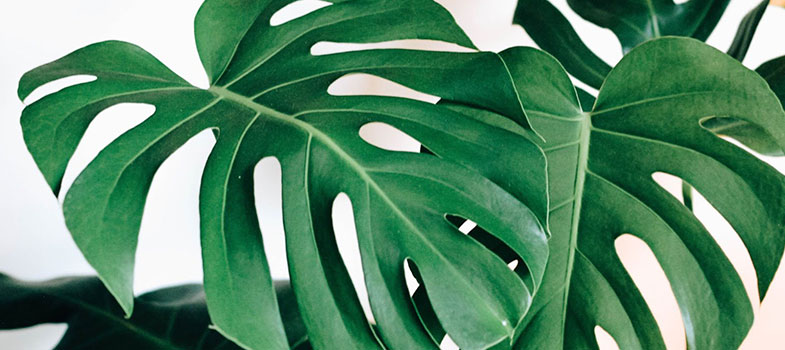

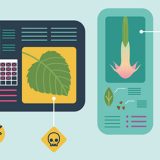

Comments are closed.